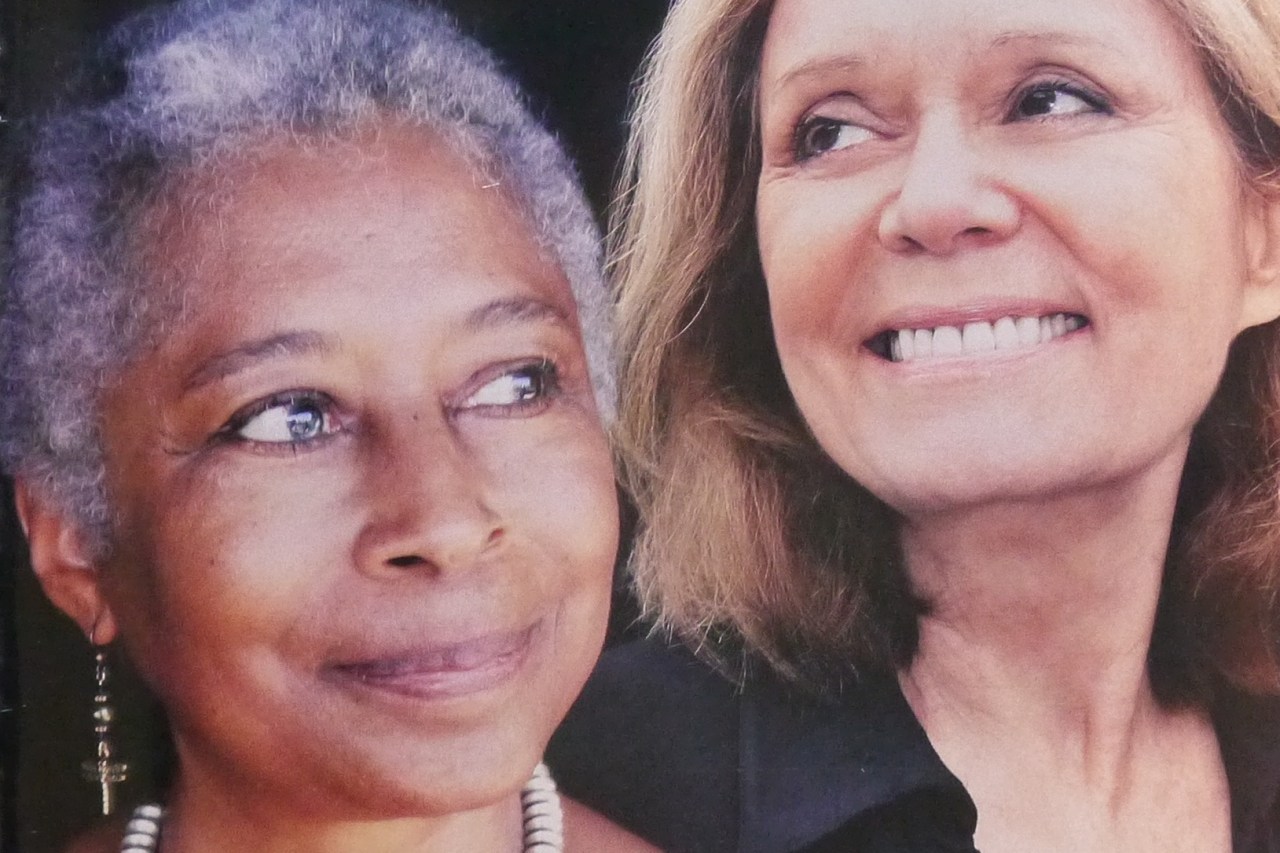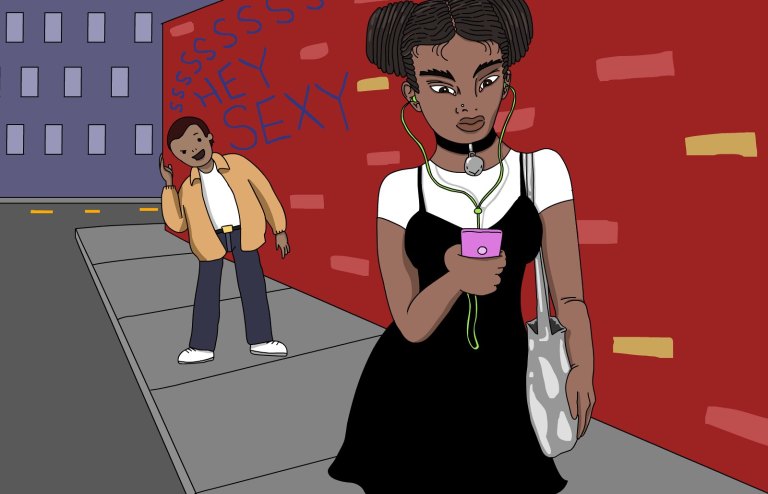
12 Women Who Changed The Way We Look At Sex
Are Americans prudes? Some people think so. After all, the country that gave the world Elvis’s hips, free love, and Porn Valley is also a land founded by Puritans, given to legislating what goes on in the bedroom, and perpetually outraged by the sexual dalliances of politicians (though, to be fair, even the Italians are…
Are Americans prudes? Some people think so. After all, the country that gave the world Elvis’s hips, free love, and Porn Valley is also a land founded by Puritans, given to legislating what goes on in the bedroom, and perpetually outraged by the sexual dalliances of politicians (though, to be fair, even the Italians are getting fed up with presidential philandering).
Maybe it would be fairer to say that we are deeply conflicted about sex. It scares us, so we end up expressing our natural desires in unnatural ways. (See: Porn Valley.) Why can’t we just loosen up? Well, we’re trying. And thanks in part to the efforts of a handful of courageous women throughout our history, we’ve made some progress. One recent example is Nicole Daedone, the founder of the OneTaste center in San Francisco. Her pursuit of sexual “mindfulness” (and promise of hours-long orgasms) has caught the attention of media outlets including The New York Times, but she’s just the latest in a long line of female pioneers who’ve helped America shake its reputation as the Land of the Repressed.
1. Margaret Sanger
Babies. They’re cute, but they’re not for everyone. Luckily for men and women wanting to enjoy sex without making little copies of themselves, Margaret Sanger founded an organization in 1921 called the American Birth Control League (later Planned Parenthood). In the 1950s, Sanger went on to finance the research leading to Frank Colton’s development of the first oral contraceptive for humans—a tiny pill that would spark many big controversies and prevent many big, unwanted pregnancy bellies. Sanger’s lifelong commitment was crucial to the public’s acknowledgment that carnal pursuits can be recreational and/or procreational.
2. Marilyn Monroe
Hollywood’s most famous blond bombshell did not reach iconic status because she was beautiful. It was the intoxicating combination of Monroe’s looks, charisma, and sensuality on her own terms that resonated with the public. In films like Gentleman Prefer Blondes, How to Marry a Millionaire, and The Seven Year Itch, Monroe seduced audiences around the world. She was also the original Playboy Bunny, appearing nude within the pages (and clothed on the cover) of the magazine’s first issue, in 1953. Monroe’s celebration of womanhood cemented her status as a legendary sex symbol and defied the prim conventions of her era, helping to destigmatize nudity and sexuality.
3. Estelle Griswold
The Pill may have been a landmark invention, but it was useless to people who couldn’t access it. In the 1960s, Estelle Griswold, an activist and director of the Planned Parenthood League of Connecticut, defied the law and opened a birth-control clinic with a physician named Lee Buxton. Both were arrested, tried, and found guilty by Connecticut state courts. However, Griswold argued that the state regulation applied in their conviction violated the 14th Amendment, under which states are forbidden to deprive citizens of life, liberty, and property without due process. In 1965, the U.S. Supreme Court ruled in favor of Griswold and Buxton, thus rescinding the government’s authority to control the use of contraceptive methods (by betrothed couples, at least).
4. Brenda Howard
Rainbow-flag-wavers across the nation owe a debt of gratitude to Brenda Howard, the “mother of pride.” In June 1969, New York City police made what was then a routine raid on a gay hangout, Greenwich Village’s Stonewall Inn. This time, though, they sparked an insurrection. The uprising, which lasted for days, was recognized as the first instance in which gays and lesbians outwardly challenged the government. Already active within gay-rights circles, Howard became the leader of the Gay Liberation Front, an organization, formed in the wake of the Stonewall Rebellion, committed to sexual liberation for all. A year after the riots, Howard led the effort to commemorate the event by organizing the Christopher Street Liberation March, which blossomed into the L.G.B.T. Pride celebrations still held annually throughout the U.S.
5. Alice Walker
In her Pulitzer Prize–winning 1982 novel, The Color Purple, Alice Walker explored what it meant to be black and female in 1930s America. She described, in explicit detail, abusive relationships that hinged upon the sexual exploitation and rape of female characters, and also portrayed a loving female homosexual relationship. Citing its racy content, numerous schools and libraries nationwide have banned the book. (The title ranks 18th on the American Library Association’s list of 100 most frequently challenged books of the 20th century.) But in spite of censorship, The Color Purple was adapted into a film and a musical, reaching an even wider audience with its depiction of difficult truths surrounding sex. Walker remains an activist, a feminist, and a “womanist”—the term she coined to refer to the unique experience of women of color.
6. Ruth Westheimer (“Dr. Ruth”)
Words like “erectile dysfunction” and “vagina” don’t exactly slip off the tongue, but Dr. Ruth, as she was publicly known, had a way of talking about them that felt natural, even soothing. Part of her secret was anonymity. In the early 80s, Dr. Ruth encouraged listeners of her NBC radio show, Sexually Speaking, to phone in and speak, without giving their name, about taboo subjects like contraception and unwanted pregnancies. Dr. Ruth combined her experiences as an employee at Planned Parenthood and her doctoral studies in family and sex therapy with a sassy attitude to create the first widespread outlet for anonymous, prompt, trustworthy sex advice. Sexually Speaking spread to TV and books and was eventually nationally syndicated.
7. Madonna
Madonna has inspired legions of fans, young and old, to sing along to suggestive lyrics. A pop artist with proven longevity, she’s shocked multiple generations with her famously provocative music, videos, and other projects, including a coffee-table book unambiguously titled Sex, released in 1992 in conjunction with her fifth studio album, Erotica. Now a 50-year-old mother of three four, Madonna has tamed her act somewhat, but as recently as 2003 she made headlines for a lustful lip-lock with Britney Spears at MTV’s Video Music Awards. She’s also a pioneering “cougar,” suspected of carrying on with such younger men as 33-year-old New York Yankees slugger Alex Rodriguez and 22-year-old male model Jesus Luz. Those who disapprove are faced with the obvious question: Why shouldn’t she date whomever she likes?
8. Heidi Fleiss
The line between sleeping with someone after they buy you dinner and taking cash for sex is, to some, a thick one; to others (Charlie Sheen, Hugh Grant, Eliot Spitzer) the line is considerably thinner. Prostitution prevails in part because of people like Heidi Fleiss. In 1993, the “Hollywood Madam” catapulted onto the national scene after her arrest for tax evasion resulted in the discovery of her client list, which included several high-profile names. Her case exposed the simple truth that even rich and powerful men sometimes prefer to pay for sex. Furthermore, Fleiss’s eventual conviction incited a public debate on the morality and legality of adults consenting to sex on financial terms.
9. Brandon Teena (born Teena Renae Brandon)
Brandon Teena, a biological female who identified as a male, lived his abbreviated life on the plains of Nebraska. Teena’s brutal rape and murder, on December 31, 1993, emphasized a general lingering intolerance for any sexual aberrance. Inspiring a documentary, The Brandon Teena Story, and an Academy Award–winning film, Boys Don’t Cry, the story of Teena’s transgendered existence begs audiences to consider the notion that sex lies not just between a person’s legs but somewhere in self-perception.
10. Eve Ensler
A female’s private parts are famously difficult to decipher, causing confidantes everywhere to whisper at length about the enigma “down there.” Motivated by such tête-à-têtes, playwright Eve Ensler decided to write The Vagina Monologues (1996). Viewing the vagina as a means for empowerment, Ensler unabashedly utilizes it as a conduit to address serious issues like love, sex, masturbation, orgasm, and rape. Her award-winning work has earned international acclaim and turned up the volume on important sexual issues.
11. Monica Lewinsky
What do “sexual relations” entail, by definition? Penetration? Of a particular orifice? And is everyone susceptible to temptation? Monica Lewinsky brought such issues to light within the public forum, however inadvertently or unwittingly, through her affair with Bill Clinton, uncovered on January 17, 1998. Aside from tarnishing a popular president’s reputation, their relationship provided a high-profile test case for sexual-harassment laws signed into office by Clinton himself. Ultimately, Clinton’s political staying power might speak to our growing acceptance of sexual indiscretion as something more human than “wrong.”
12. Jenna Jameson
What marks the bodacious beauty Jenna Jameson as a significant figure in our nation’s sexual history is not her work in films like Up and Cummers 10 but, rather, her subsequent entry into the mainstream.
In 2000, Jameson formed ClubJenna, an Internet pornography company which, in addition to explicit photos and video, provides advice and diaries. Jameson’s immense success suggests that an increasing segment of society (not excluding women) is prepared and willing to embrace an overtly sexual personality. ![]()
This post originally appeared on VANITY FAIR.








